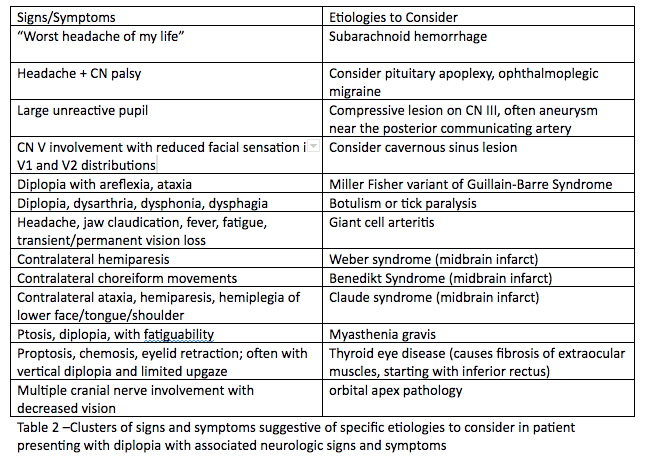It’s a new academic year and we are going to start off with some trauma! Today, we are going to talk about ED thoracotomy. It’s basically surgery but in the ED.
First of all, What is ED thoracotomy? It is a Hail Mary attempt in patients with penetrating chest injuries with signs of life in the field and suffer a subsequent witnessed cardiac arrest to open the chest and temporize a life threatening wound. It can be used to relieve cardiac tamponade, control hilar bleeding, cross clamp the descending aorta, or repair a myocardial laceration, all while on the way to the OR for definitive repair.
Success rate and survival is very poor for patients when thoracotomy is performed for blunt trauma, about 2% survival for patients in shock and less than 1% for patients with no vital signs. Conversely, in penetrating wounds, while still poor, 15% of all patients survived.
Guidelines have been established, the so called East and West guidelines, to help balance the already poor odds of survival with the risks of exposing health care providers to blood borne pathogens and salvaging patients with high odds of anoxic brain injury.
Western Trauma Association guidelines: consider ED thoracotomy in patients arriving with blunt trauma and < 10 minutes of CPR or penetrating trauma and < 15 minutes of CPR.
Eastern Association for the Surgery of Trauma: strongest recommendation to perform ED thoracotomy in patients with initial signs of life after penetrating thoracic injury who now present pulseless.
Other commonly quoted numbers. Also consider thoracotomy when you have unresponsive hypotension SBP < 70 despite aggressive resuscitation, chest tube output > 1500cc’s of blood within 24 hours, or when there is > 200/250 cc/hr output of blood after tube thoracostomy for 2-4 consecutive hours.
What you need: A well-staffed and properly trained team that includes also includes a trauma surgeon. Lots of PPE. Thoracotomy tray (rib spreader, #10 or #21 scalpel, scissors, foreceps, vascular clamps, curved artery forceps, needle driver, internal defibrillation paddles, skin stapler, sutures). I would also add a foley catheter as it can be inserted into the heart and the balloon inflated to stabilize a laceration while sutures are being placed.
How is it done? These are the basic steps. Secure the airway and insert an NGT, it can help distinguish the aorta which lies posterior to esophagus. Then, start with a L sided approach, place a chest tube on the R side concurrently. Incise from the sternum to the posterior axillary line at the 4/5th intercostal space, cutting through skin/soft tissue and muscle in one go. Spread the ribs with the rachet bar down. Pick up the pericardium and open it. Inspect myocardium for lacerations. Cardiac massage, internal defibrillation, and intracardiac epinephrine can be done. The aorta can be cross clamped for up to 30 minutes if hypotension still persists. If no evidence of L sided injury, extend to the R side (clam shell).
Hope this helps next time you get a note about a stab or GSW, active CPR, 3 minutes out!
Sources
https://emcrit.org/emcrit/procedure-of-thoracotomy/
https://i0.wp.com/emcrit.org/wp-content/uploads/2012/10/CJLDP_bW8AAVQ2o.png-large.png
https://www.east.org/education/practice-management-guidelines/emergency-department-thoracotomy
https://jamanetwork.com/journals/jamasurgery/fullarticle/391389







